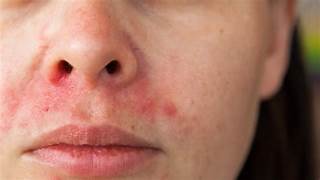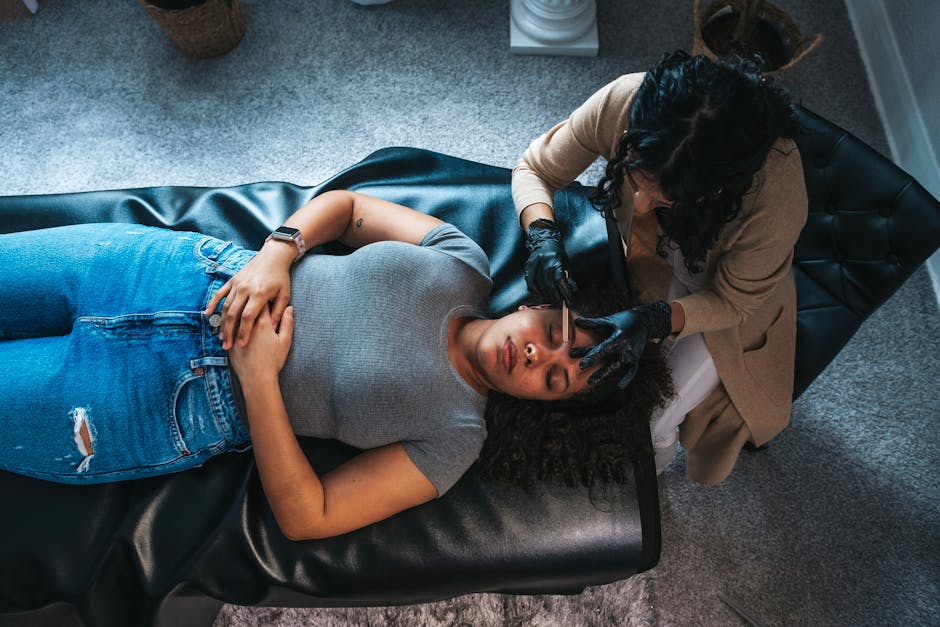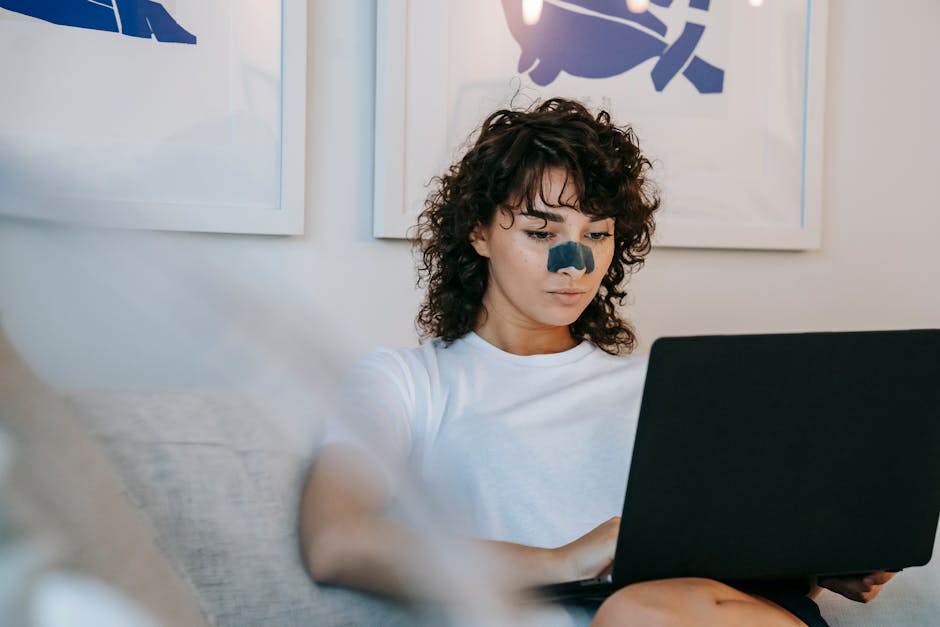The Treatments and Facials in Cremorne to Book Before Flying
There’s an undeniable excitement that comes with planning a trip. You book the tickets, map out your itinerary, and dream of the destination.
Yet, for many, this excitement is dampered just a bit by the thought of what a long-haul flight will do to their skin. The recycled, low-humidity cabin air and sudden climate shifts can leave your complexion feeling tight, dry, and unsettled.
This is precisely why discerning clients across Cremorne and Neutral Bay now consider skin preparation an essential part of their travel checklist.
This guide will walk you through the exact treatments and timings that protect your skin, keeping you camera-ready and confident throughout your journey.
What Happens to Skin on a Flight?
Stepping onto an aeroplane is like entering a high-altitude desert. The pressurised cabin air has extremely low humidity, often dropping below 20%, which is drier than the comfortable 40-60% our skin is used to.
This environment acts like a sponge, drawing moisture directly from your skin’s surface at an accelerated rate. Within just a few hours, this can lead to transepidermal water loss, leaving your skin feeling parched and tight.
This rapid dehydration can accentuate fine lines, trigger irritation, and seriously compromise your skin’s natural protective barrier. A weakened barrier is less able to defend itself against environmental stressors.
When you land in a new climate, whether it’s the intense sun of a tropical island, the pollution of a bustling city or the bitter cold winter, your already stressed skin is far more likely to react with breakouts, redness, or sensitivity.
Best Timing for Pre-Travel Treatments
Timing is everything when preparing your skin for travel. Booking a treatment too close to your departure can leave your skin sensitised, while booking too far in advance might mean the benefits fade before you even leave.
A deeply hydrating facial is best scheduled 3 to 5 days before you fly. This gives your skin enough time to absorb the moisture-locking ingredients and allows any minor post-facial redness to subside.
For gentle rejuvenation treatments aimed at promoting firmness and glow, such as Laser Genesis, a window of one week prior is ideal. This allows the skin’s regenerative processes to kick in.
For polishing treatments with no downtime, like dermaplaning or calming LED therapy, you can book them as close as 24 to 72 hours before departure.
It’s crucial to avoid aggressive treatments like high-strength chemical peels or intensive microneedling right before a trip, as they create temporary vulnerability that doesn’t mix well with the harsh cabin environment.
Deep Hydration Facials in Cremorne Clients Choose Before Flying

When it comes to pre-flight preparation, nothing is more fundamental than deep, lasting hydration. The most requested facials at any North Sydney beauty salon are those that focus on replenishing the skin’s moisture reserves and strengthening its barrier.
High-performance ingredients like hyaluronic acid and ceramides are the heroes of these treatments. Hyaluronic acid is a humectant, meaning it draws moisture from the air into the skin, while ceramides are lipids that form the skin’s natural barrier, preventing that moisture from escaping.
A professional facial in Cremorne can deliver these ingredients more effectively than at-home products alone. A skilled beautician will often customise these facials, combining deep cleansing with potent serums and masks.
These treatments effectively ‘drench’ the skin, creating a reservoir of hydration it can draw upon during a long flight.
Polishing Treatments With No Downtime
For those looking for an instant improvement of radiance without any recovery period, certain polishing treatments are perfectly suited for last-minute travel prep.
These options refine the skin’s texture and elevate its glow, making them a favourite for anyone wanting to step off the plane looking refreshed. The goal of these treatments is to achieve visible results without inducing sensitivity or peeling that other exfoliating methods might cause.
Dermaplaning is one such popular choice. This gentle, physical exfoliation method uses a sterile blade to remove the outermost layer of dead skin cells and fine vellus hair (peach fuzz).
The result is an incredibly smooth surface that reflects light beautifully and allows makeup to glide on flawlessly. It’s an ideal choice for a camera-ready finish.
Another excellent zero-downtime option is LED Light Therapy. This non-invasive treatment uses different wavelengths of light to target skin concerns. Red light, in particular, is brilliant for pre-flight prep as it calms inflammation and increases circulation, helping to fortify the skin against in-flight stress and support hydration retention.
At Home Prep to Support Your In-Clinic Results
A professional treatment lays out a framework for a trip that feels relaxing for your skin as well, but what you do at home, especially in the days leading up to and during your flight, is what cements those results.
In the days before you travel, dial back your routine for simplicity. Focus on gentle cleansing and layering hydrating products. Avoid introducing new active ingredients or over-exfoliating, which can compromise the skin barrier you’ve worked so hard to build. Here are some essentials:
- Hydrating Serums: Look for products containing hyaluronic acid, glycerin, or sodium PCA to apply on damp skin before your moisturiser.
- Barrier Creams: Seal everything in with a nourishing cream rich in ceramides, squalane, or shea butter. This creates a physical shield against moisture loss.
- SPF for Window Seats: Harmful UV rays are significantly stronger at high altitudes. If you’re in a window seat, applying a broad-spectrum SPF 50+ is non-negotiable.
- In-Flight Hydrating Mists: A simple thermal water or essence mist can provide a welcome refresh mid-flight, but be sure to pat it in or lock it in with a cream to prevent further evaporation.
- Overnight Masks: For long-haul flights, applying a clear hydrating or sleeping mask can act as a cocoon for your skin, providing continuous moisture.
Post-Flight Recovery Routine
Once you’ve landed, your skin will need some care to help it acclimatise and recover from its journey away. The goal is to gently cleanse away travel grime and immediately replenish lost moisture.
Avoid harsh cleansers or scrubs that could further irritate your sensitised skin. Instead, opt for a milky or cream-based cleanser, followed by layers of your favourite hydrating toner, serum, and moisturiser.
To truly accelerate your skin’s recovery, consider scheduling a post-travel facial. Many clients at our Mosman clinic book a calming, rejuvenating treatment for a day or two after they return. This professional touch can deeply cleanse pores and restore hydration levels far more effectively, helping to counteract any lingering effects of travel. While you’re adjusting to the new environment, continue to focus on hydration and sun protection to keep your skin balanced, healthy, and glowing for the rest of your trip.
Your Journey to Radiant Skin Starts Here
Preparing your skin for travel is a simple step that makes a noticeable difference, helping you arrive at your destination looking fresh and feeling comfortable. By timing your treatments well and choosing options that support hydration and barrier strength, you can minimise the effects of cabin air and sudden climate changes. Our facials in Cremorne, clients who book before flying are designed to do exactly that.
We invite you to book a consultation at Jacqueline Brennan’s Skin clinic to create a personalised pre-travel plan. Let us help you make sure your skin is as ready for the trip as your suitcase.









